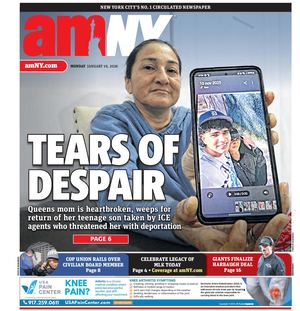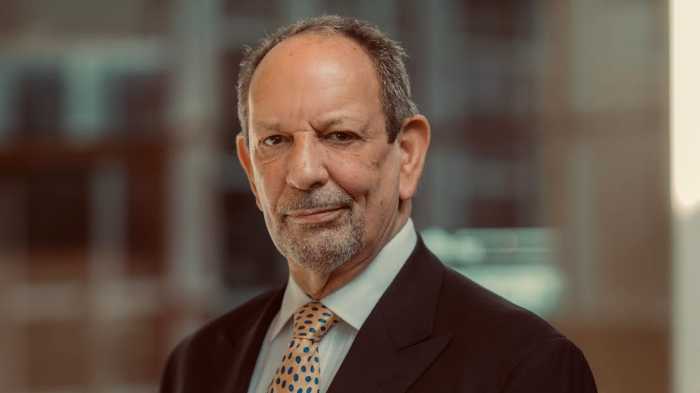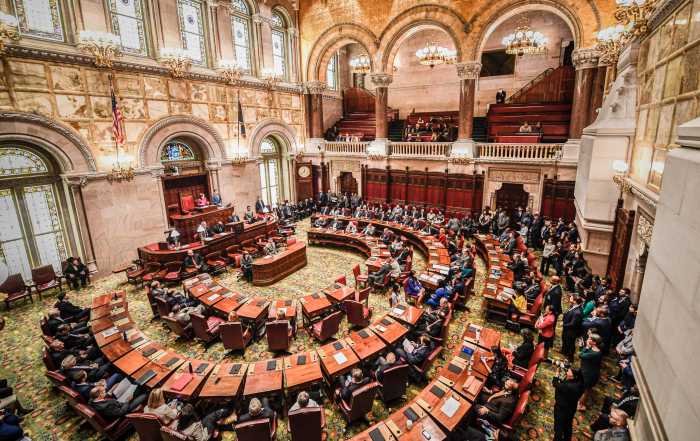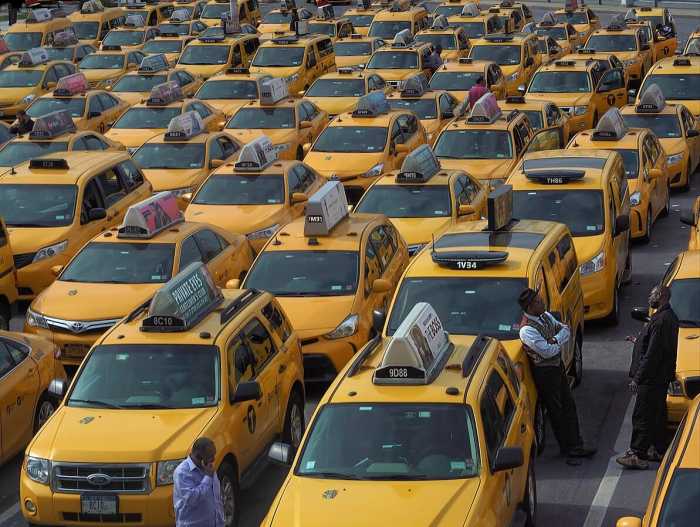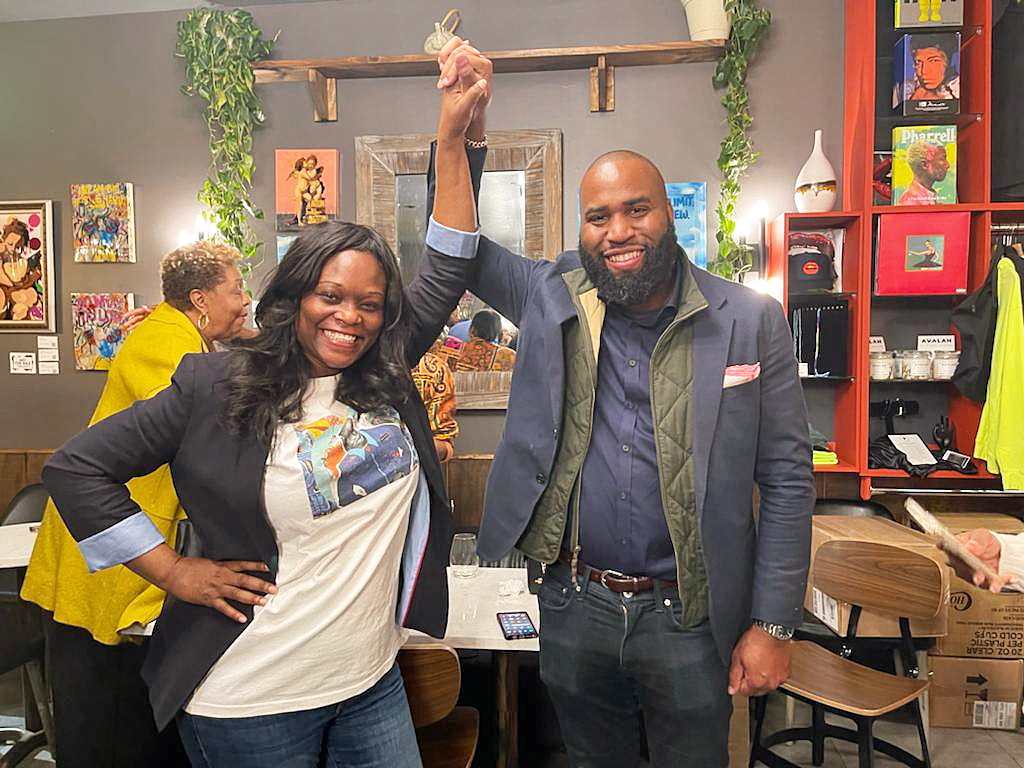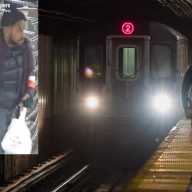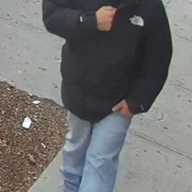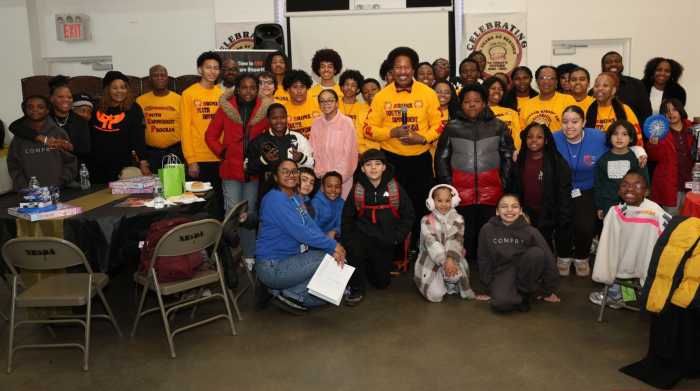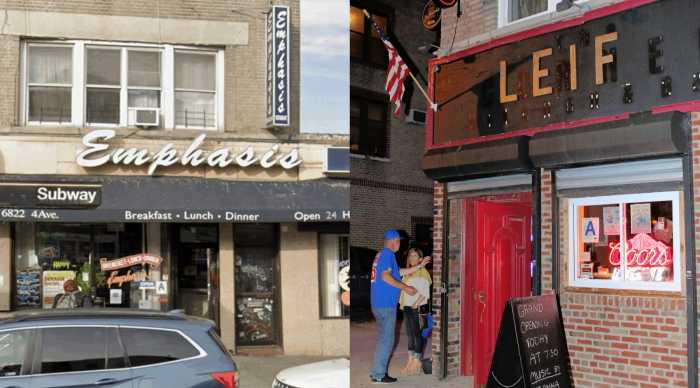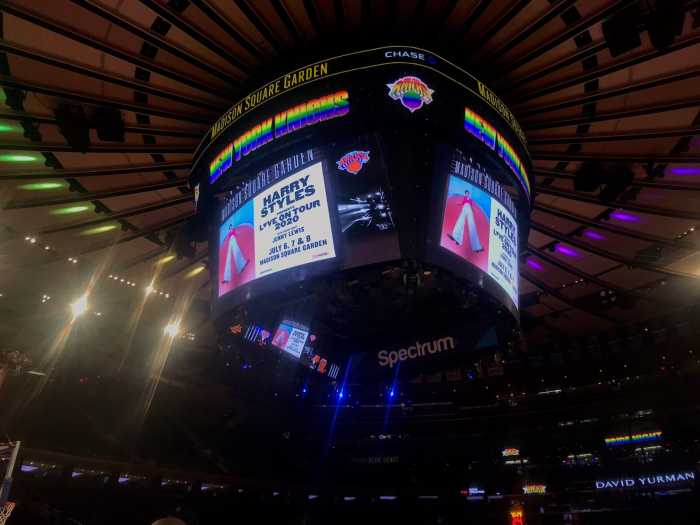In some corners of NYC, the fear of voter disenfranchisement is real.
Witness the experience of congressional hopeful Alexandria Ocasio-Cortez, Bronxite and former campaign organizer for Vermont Sen. Bernie Sanders. Last week, she started the complicated process of gathering signatures to get on the ballot against powerful Rep. Joe Crowley, who represents parts of Queens and the Bronx. Only voters registered in the district can sign the petitions and they must be witnessed by a registered voter, so she gathered a roomful of volunteers to check their own registrations in a state database. Eleven of 12 found “no match” despite believing they were registered.
They refreshed through the evening without luck. “So, I took to Twitter,” Ocasio-Cortez said.
“Everyone in New York,” she tweeted, “needs to check their voter registration *right now.*” She included the link to the state info site. Soon the tweet had gone viral and responses were pouring in from prospective voters who also couldn’t confirm their registrations on the site.
Fear grounded in reality
Much of the mounting concern about being registered can likely be traced to the 2016 presidential primary, when more than 100,000 Brooklyn voters were improperly removed from the rolls. Some of them found out as they tried to vote.
That led to paranoid suspicions of a plot to throw New York’s primary from Sanders to Hillary Clinton. The numbers were not nearly enough to change the state primary’s outcome and there does not appear to have been a partisan “purge.” That didn’t reassure people like the guy at a Brooklyn bar who showed me hand-drawn blueprints of a county mail-in ballot-counting facility to attempt to prove that there was a “middle room” where ballots briefly disappeared from observers’ view.
Fears like that were overblown, as was the situation referenced in Ocasio-Cortez’s tweet. By the morning, many who tweeted the night before confirmed that their registrations had reappeared. A spokesman for the state Board of Elections, responsible for the site, tried to explain: The site refreshes briefly late at night. Also, personal information — including an individual’s ZIP code and date of birth — must be entered precisely for the site to show a match.
That’s not to say, however, that there aren’t real problems with New York’s election process.
Just how the system works
Some of those problems are simple nauseating bureaucracy at the city-level Board of Elections such as what was uncovered in 2016: the hamfisted purging of large swathes of voters in an attempt to get rid of dead and truly inactive voters. To do so the board relied on databases such as Ancestry.com to help, according to a court motion.
As a result of settling that court case last year, the city BOE submitted to a number of reforms. The first milestone is due Wednesday, when the board will submit a remedial action plan to the case’s plaintiffs including the state attorney general.
Still, that won’t address the larger issues that make it hard to vote in N.Y.
There are the National Voter Registration Act rules, for example, that mean missing two consecutive federal general elections (including midterms) is partial grounds for being purged from the rolls.
And there are state restrictions and roadblocks aplenty, which help diminish registration and turnout without any sort of deep state conspiracy. Governmental agencies that already have your personal information don’t automatically register you to vote, a simple way to expand access. New York has no same-day registration — i.e., being able to register right before you vote — or early voting, which would allow more than a day to get to the polls.
Reforms like these, which other states have embraced, would make it much easier to vote, benefiting populations like the young and economically disadvantaged who might find it hard to get to the polls. Without them, established candidates and strong party apparatuses (who dominate low-turnout elections) find it easier to win.
All the attention on the creaky city BOE systems, plus post-2016 energy, may have led to more attention than usual on this crucial issue. At his State of the State address this year, Gov. Andrew Cuomo forcefully advocated for voting reform, a fairly noteworthy step on an issue which has faced bipartisan apathy in the past.
Perhaps sometime in the future, then, voting in N.Y. will get a little easier, but don’t hold your breath. To have same-day registration, for example, the State Constitution would have to be amended, an elongated process involving passage (twice) by the State Legislature and approval from voters.
That would be progress, but it won’t help Ocasio-Cortez in time for her primary in June.
